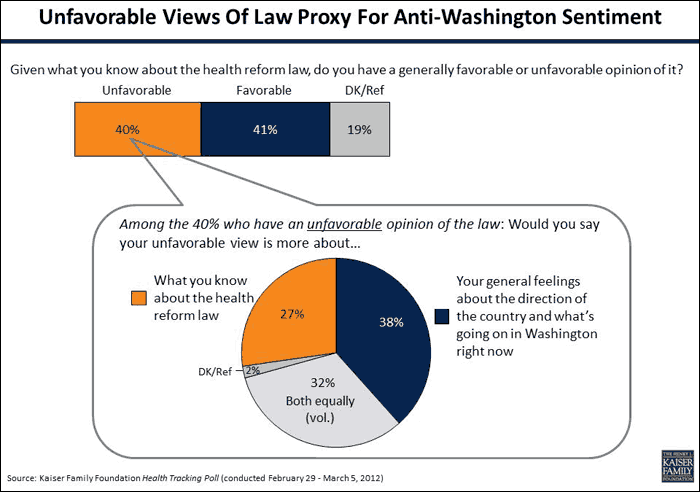The ACA and Fluoridation: The Power of Political Symbols
In the 1950s, water fluoridation became a public health controversy that morphed into a symbolic issue of larger proportions. For its opponents, fluoridation came to symbolize big government and even for some, a communist threat. The controversy became so odd that it was parodied in Stanley Kubrick’s 1964 film “Dr. Strangelove,” in which General Jack Ripper starts a nuclear war to stop a communist plot to “sap and impurify all of our precious bodily fluids” with, yes, fluoridated water. That was followed by the 1967 film “In Like Flint,” in which a character’s fear of fluoridation was depicted as grounds for insanity.
Of course there are substantive and legitimate differences over the Affordable Care Act (no comment on fluoridation). However, for many Americans, especially those who oppose the law, the ACA derives its power as an issue, like fluoridation did many years ago, because it has become a symbol of their broader fears and concerns. For example, in our latest tracking poll, we find pretty much the same split on the ACA that we have seen since the passage of the law, with 41% for it, 40% against it, and 19% unsure. Then we asked the 40% who oppose the ACA whether their opposition was based more on “what you know about the health reform law” or “more about your general feelings about the direction of the country and what’s going on in Washington right now.” The largest share of those who oppose the law (38%) say they oppose it because of what it represents to them about the direction of the country and Washington. That compares with 27% who say they oppose it because of what they actually know about the law. Thirty-two percent (remember, this is among those who oppose the law) say “both equally.”
When policy experts debate the ACA, they debate the substance of the law: what it will cost and save; how much it will do to reduce the number of the uninsured; and whether other policies might be more desirable. The public, however, does not look at the ACA through the lens of a policy decision memo. A very small share of the public may follow the details of the ACA and make similar assessments to those the experts make. Others may focus on one element of the law that relates to their own lives or interests (the mandate, free prevention benefits, coverage of young adults), and make a judgment based largely on that. Many will try to figure out how it will affect them, their family, or their business, although that is a difficult calculation for most people to make, especially since the main elements of the law have yet to be implemented. But for many Americans who are opposed to the law, it has become a symbol of their broader discontent, and that has important implications.
For one thing, it helps explain why opposition to the ACA divides so sharply along traditional partisan and ideological lines; the law is a touchstone for many of their broader beliefs, especially about the role of the federal government and Washington. It also helps explain why intensity is so much greater among opponents than supporters; for opponents, the ACA is about something much bigger they fear and dislike than health reform. Supporters may greatly value the ACA’s coverage expansions and consumer protections, but they generally don’t see it as a victory for their view of government. Indeed, many see the ACA as imperfect progress to improve on, some criticize the role for private insurance plans in the ACA, and some advocates on the left would have preferred a single-payer plan.
The role the ACA plays as a political symbol also helps explain why opinion on the law is so stable. New benefits can be rolled out, proponents can try new messages, politicians can argue for and against the ACA, but the daily back-and-forth on the law and more information about its benefits can only change the views of critics at the margin, because for many, opinion is not based on the law at all, but rather on what the law symbolically has come to represent for them.
Of course, much of the power of fluoridation as a symbol was based on beliefs which were just plain wrong, and that is true of the ACA as well. There are no death panels, for example. In our latest tracking poll, 68% of Republicans say they believe the ACA creates a “government run insurance plan to be offered along with private plans” (or public option), when is does not. And, despite the canard about a government takeover of the health care system, our system will remain a decidedly mixed public-private one after the ACA is in place. No matter, the power of the symbol remains for many.
The symbolic role the ACA plays may also mean that opinion may be hard to move even in response to seemingly game-changing events like the Supreme Court case. In our new poll, the vast majority of those with either a favorable or unfavorable view of the law say that a court decision running counter to their position would not change their views. For now at least, the public seems to be dug in and sharply split along partisan lines.
Eventually the debate about fluoridation as a symbol of the role of government died down, although the underlying debate about the role of government obviously has not. Time will tell whether the ACA follows a similar course as it moves from political and ideological symbol to reality after 2014.

